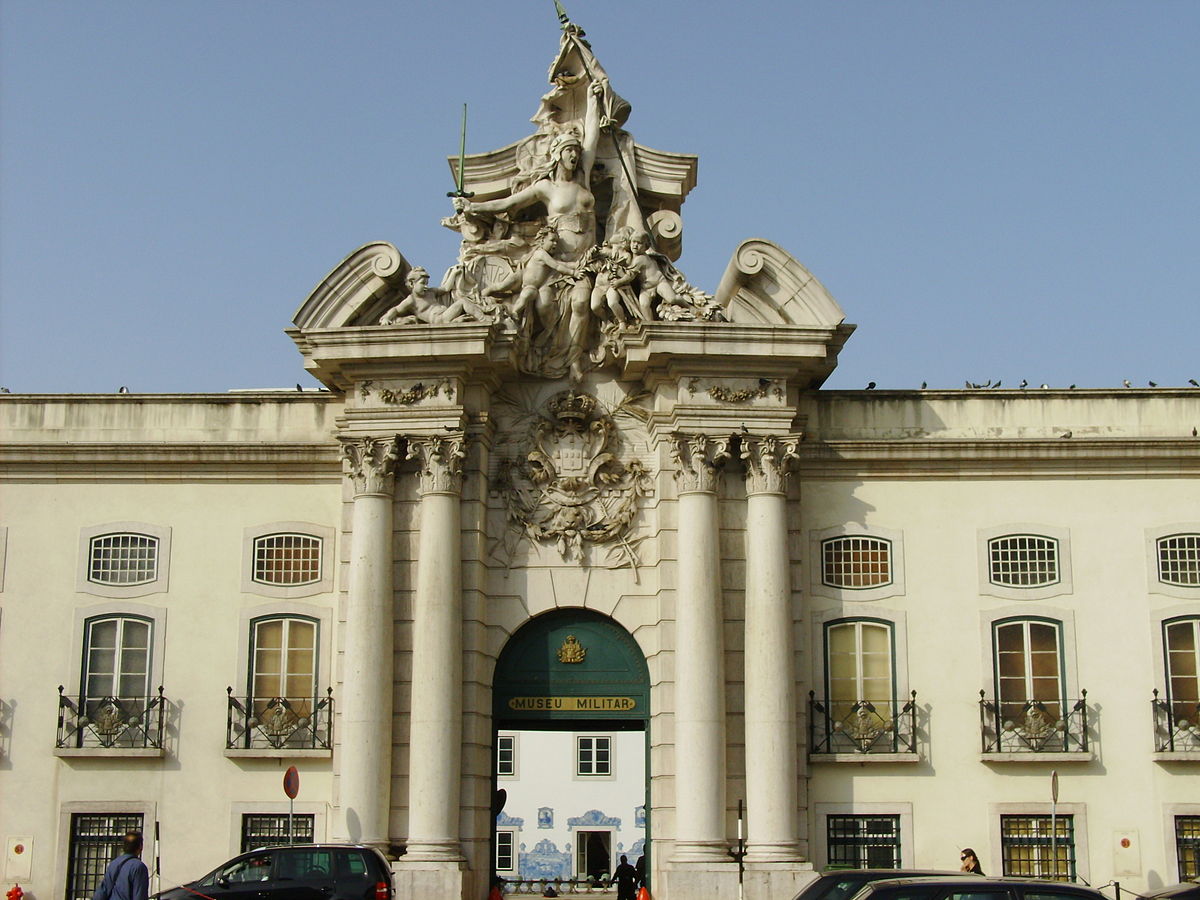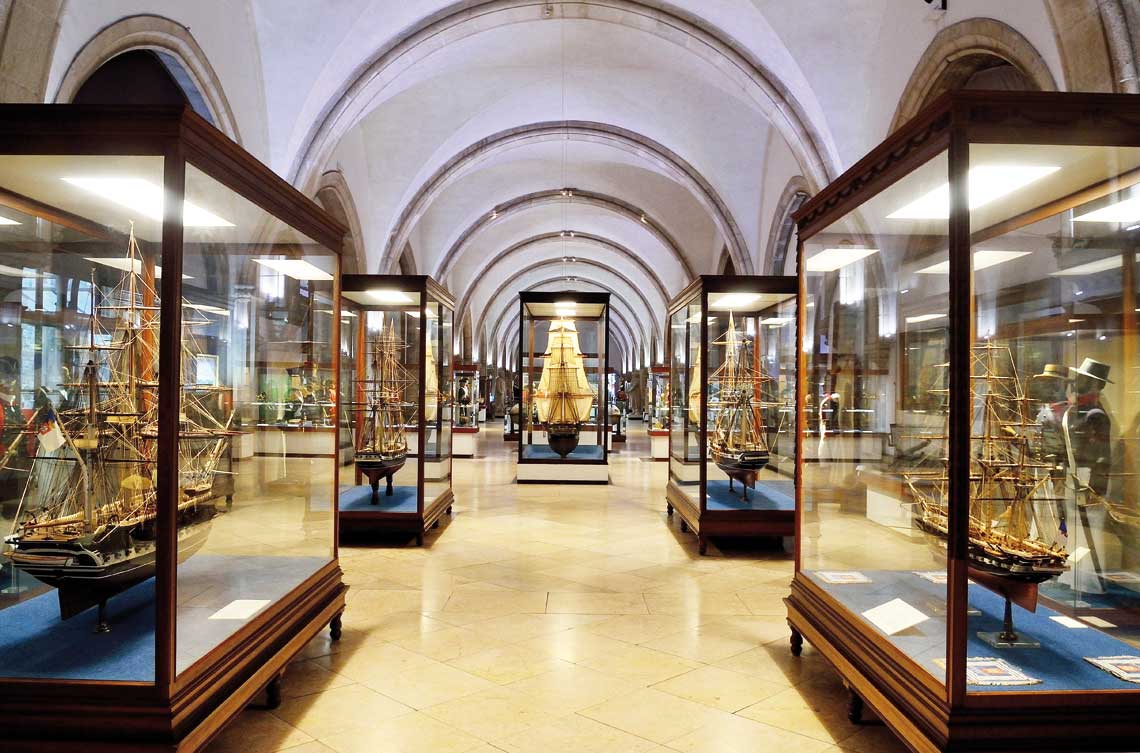
Lisbon Military Museum. Lisbon for 5+

Lisbon War Museum
Lisbon is mainly associated with the Age of Discovery and the beginning of the colonization of newly discovered lands. Nowadays, this cradle of travelers and explorers is becoming a place that is increasingly visited by tourists. Among the many attractions and entertainment that it has to offer, every nautical enthusiast is especially recommended to visit the museums listed below.
It is worth starting a visit from one of the oldest museums in Portugal, as well as Europe, namely the Museu Militar de Lisboa (Lisbon Military Museum). This one is already installed
in 1842, the institution owes its creation to the initiative of the first Baron Monte Pedral. Less than ten years later, on December 10, 1851, by decree of Queen Mary II, it was officially named the Artillery Museum. Under this name, the institution functioned until 1926, when its name was changed to the current one.
The museum building, located opposite the Santa Apolonia train and metro station, was erected at the end of the 1755th century on the site of an armory that was damaged by the earthquake that hit the Portuguese capital in 1974. Today, the historical interior houses a rich collection of sculptures and paintings on the military theme of Portuguese masters, a collection of white weapons, all kinds of armor, armor and shields. The exhibitions representing the evolution of firearms and the participation of Portugal in armed conflicts are especially rich, from the French invasion during the Napoleonic Wars to the end of the colonial wars in Africa in XNUMX. As befits a former artillery museum, the lion's share of the exhibits is a collection of cannons from the XNUMXth to XNUMXth centuries, unique on a global scale. Such a large period of time allows us to trace the development of the "queen of battles" over the centuries. Why not
It is hard to guess that most of the exhibits on display are bronze or iron ship cannons.
In one place, next to small rail guns, mortars or unique box guns and serpentines, you can see real giants with a caliber of up to 450 mm. The existing exhibits are complemented by mock-ups representing models of weapons that, for various reasons, have not survived to this day.
